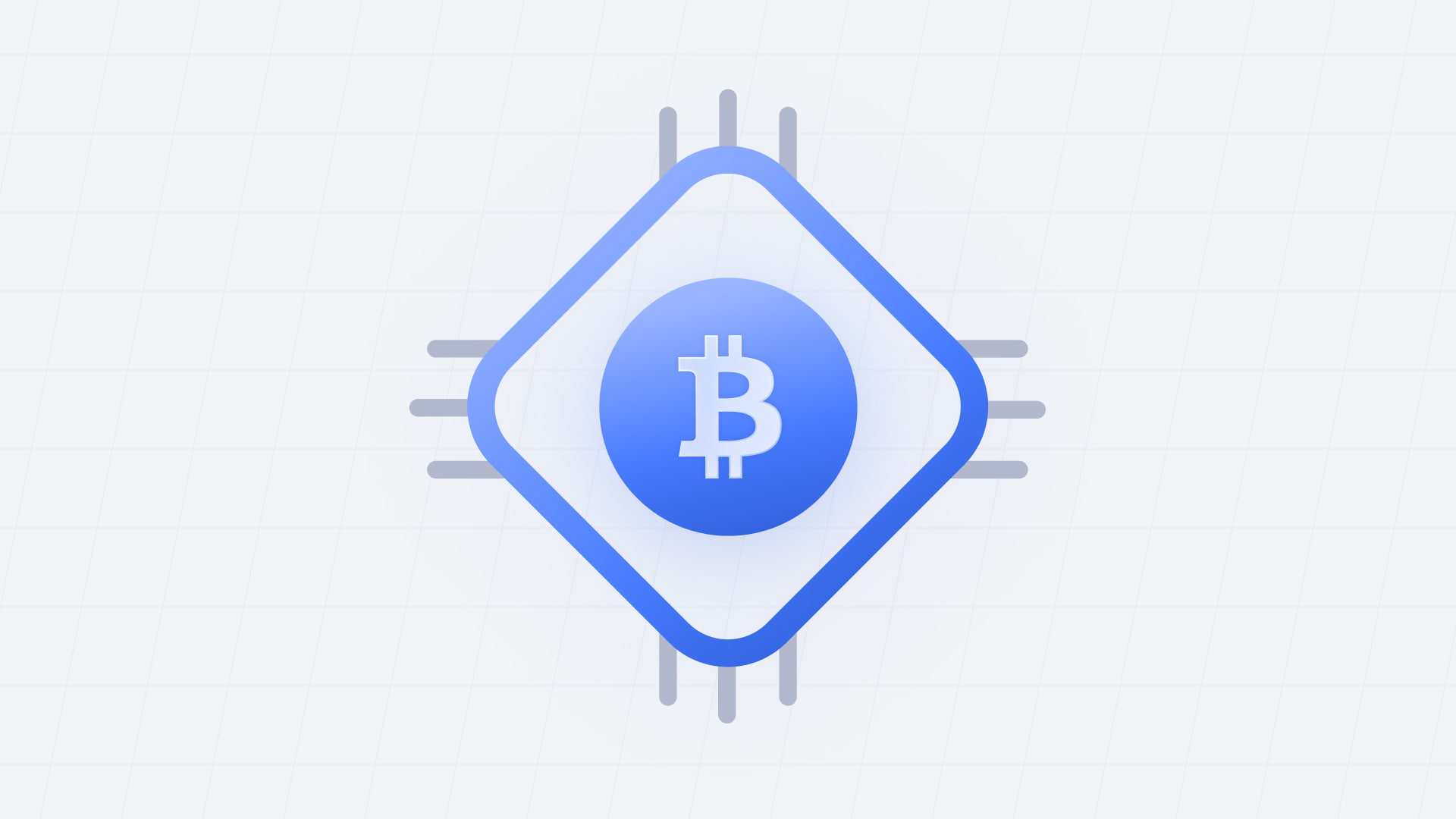
At this point in time, blockchain — the technology behind Bitcoin, Tectum Emission Token, Ethereum, NFTs, and other digital assets. However, not much is known about cryptocurrency software development. In fact, a significant number of the global population still think that every blockchain is the same. Well, this is very far from the truth.
Considering this knowledge gap, it is essential to enable individuals who are not Web3 enthusiasts to understand the ecosystem. Most of the educational content available is usually technical and very complex. It is such that the everyday person will be unable to understand and digest it.
This article will, instead, try to simplify blockchain software development for the average person. We will be using everyday words to simplify the technical terms.
“Blockchain is a decentralized and open ledger for storing and transferring information across computers in a peer-to-peer system where data cannot be altered from a single block.” I am sure anyone who has access to the internet is familiar with this definition. However, it is too complex for the average person, especially if they are just hearing it for the first time.
Instead of the technical mumbo jumbo, here is a simpler definition. Blockchain is a technology that uses micro servers known as blocks to store and transfer data. The blocks are interdependent and can directly transfer information between themselves.
For a better understanding, let’s examine how orthodox systems work. Imagine you are chatting with a friend, and you send them a message. To you, your friend is receiving the message directly. However, this is very far from the truth. What actually happens is that the system encrypts your message and sends it to the server.
The server decrypts the message and sends it to your friend. The process continues as long as your friend replies with his message. Meanwhile, this system is so efficient that you almost never notice the time-lapse.
With blockchain, you do not have to send information to a central server. Instead, your message is encrypted and sent directly to your friend. In turn, his phone or computer decrypts the message so that your friend can read what you sent to him.
In addition, the system is created such that no micro-server can single-handedly alter the information. This means that a hacker cannot delete any message they have sent to you. The reason is that there is a system in place that notifies the addition of a new block to the chain.
Every time a transaction occurs, it is stored as a new block and added to the chain. To ensure security, there is a system of approval, as the chain has a say in how data transfers occur. There is usually a consensus or vote to confirm or reject a new action on the chain. Until all the “shareholders” agree on permitting a transaction, the transfer cannot occur.
This means that a hacker bypassing security on a single block cannot alter or steal significant information from the blockchain. The approach is more secure compared to a central server system, where the cybercriminal becomes a child at a candy store once he gets access to the central server.
The most essential aspect of cryptocurrency software development is the consensus mechanism. For those who do not know what it means, a consensus mechanism is the program that determines how voting occurs to enable data transfer. Different blockchains have their different consensus mechanisms.
Meanwhile, blocks are not simply added on their own to chains. Before they are added to the chain, they have to be approved by validators who manage nodes. These nodes are like passageways hat facilitate data transfers. These validators are like gatekeepers or shareholders and determine what goes through and what is rejected.
Below are the two major consensus mechanisms:
Note: These are the two major consensus mechanisms. While there are many other processes, they are built on the premises of the two outlined above.
Tectum is the fastest blockchain, with a throughput of 1.3 transactions per second. In addition to speed, it is arguably the most secure blockchain. The reason is that our blockchain keeps the sender’s information anonymous while showing the transaction details on our block explorer. So, how are we able to achieve this feat?
First of all, Tectum uses the Proof of Utility consensus mechanism. This operates similarly to the proof of stake because it selects specific nodes to approve transactions instead of broadcasting them on the blockchain. The proof of utility consensus assigns honest nodes to approve blockchain transactions.
On the other hand, it prevents dishonest nodes that have performed malicious activities from approving transactions. This means that hackers who forcefully gain control of a validator node will most likely be shut out if they take suspicious action.
In addition, the Tectum Blockchain uses Zero Knowledge Proof to enable data transfer without revealing details of the sender. Take you are making a reservation in a restaurant as an example. After making your reservation, you arrive at the spot and have to confirm you are the actual owner of the spot.
Instead of telling the waiter that you booked table 27 at 6 PM that day, you use encoded information to give hints. Instead of saying table 27, you say that the table is a multiple of 9. As against saying 8 PM, you said that your time is the mid-hours of the evening. As you can see, you just said everything about your order without giving the waiter much detail. Zero Knowledge Proofs work similarly.